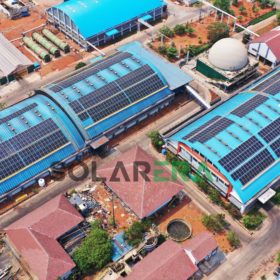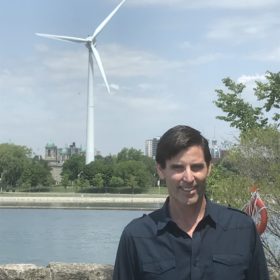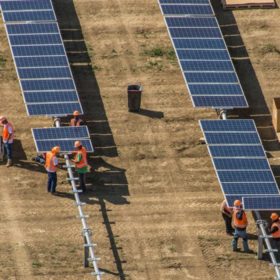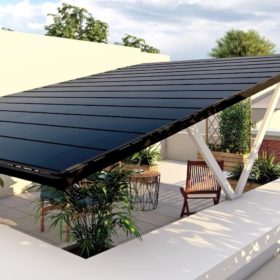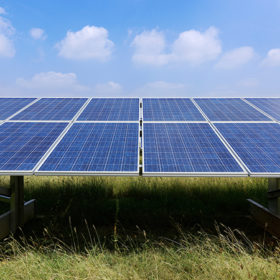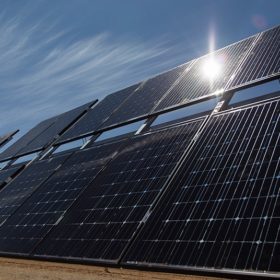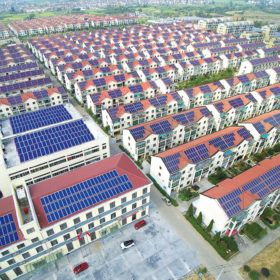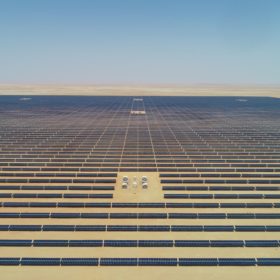Amended Energy Conservation Bill to drive renewables adoption
The amended Energy Conservation Bill sets a minimum usage clause for non-fossil fuel by high carbon-emitting sectors such as power, transport, industry, and buildings. It also includes provisions to incentivize decarbonization efforts by allowing carbon trading.
Study finds 100% renewables would pay off within 6 years
New research from Stanford University researcher Mark Jacobson outlines how 145 countries could meet 100% of their business-as-usual energy needs with wind, water, solar and energy storage. The study finds that in all the countries considered, lower-cost energy and other benefits mean the required investment for transition is paid off within six years. The study also estimates that worldwide, such a transition would create 28 million more jobs than it lost.
World could install 250 GW of solar this year, claims Bloomberg analyst
Rob Barnett, a senior clean energy analyst for Bloomberg, forecasts a 30% increase in global PV deployment this year, and double-digit growth through 2025.
India installed 8.4 GW of solar in H1
India is expected to install 20 GW of new solar capacity in 2022, according to JMK Research.
SunEdison brings Arka’s integrated solar roofs to Indian homes
SunEdison has partnered with Silicon Valley based startup Arka Energy to provide the Arka collection of solar roof and gazebo solutions in India. The collection is available in one hundred cities across the nation.
India may miss 2030 renewables target by over 104 GW
The nation may miss its 2030 target of 500 GW renewables capacity by over 104 GW under the current market trend.
New residential battery from the Netherlands
Dutch startup Charged has developed a lithium-ion battery with a storage capacity of 5 kWh. It can be stacked in a six-unit configuration to reach 30 kWh. It measures 400 mm x 500 mm x 200 mm and weighs 45 kg.
Tata Power commits INR 75,000 crore to renewables
Tata Power will invest more than INR 75,000 crore ($9.4 million) by the 2026-27 period to scale up its green businesses, including renewable energy generation and solar manufacturing.
Jharkhand to install 4 GW of solar power generation capacity in five years
Under the Solar Energy Policy 2022, the Indian state tagets installing about 3 GW of utility-scale solar, 720 MW of distributed generation, and 280 MW off-grid capacity from fiscal 2022-23 to 2026-27.
The long read: When a solar spark becomes a fire
In 2021, China installed 21.6 GW of residential PV, which accounted for nearly 40% of the total annual installation figure of 54.9 GW. Spool back to 2018, and the residential segment clocked in at a mere 3 GW – less than 7% of the total for the year. Vincent Shaw in Shanghai reports on how changing market priorities caused a spark that quickly became a fire.
